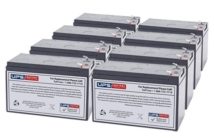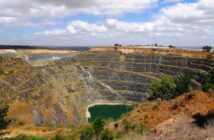The history of electricity is long and it involves various stages of discovery. This form of energy was studied by scientists and experts who have tried to figure out what it is, how it is produced and how it can be used to improve the mechanisms that we are using today.
Through a series of activities, let us go on our own self discovery of this versatile energy.
Static Energy
In 600 BC in Greece, Thales conducted an experiment on what we now know as static electricity He made what is believed to be the first record of this form of electricity. He noted how static electricity have properties that attract in the same way as magnetism.
To compare the attracting properties of both, here are experiments that you can do:
- Magnetism: Get magnets of different shapes and lay them out on a table. Cover it with a piece of paper. Sprinkle the surface with iron filings. Notice how the iron filing will be attracted to the magnet, showing the shapes of the magnets under the paper.
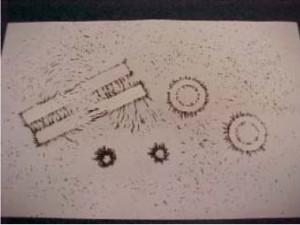
- Static electricity: 2 Ways To Make A Mini-Lightning
In the 1500’s the word “electron” was first used – which is a Greek word for amber. Back in the day, Greeks can create static electricity by rubbing amber chunks (amber is a tree sap that is fossilized). With the changing of terms, electron became the official name of this form. This term will eventually lead to what is now known as electricity.
Scientists tried to find ways to create bigger sparks to help study static electricity. Benjamin Franklin created a device that involved spinning a big glass jug very fast and rubbed with different materials to generate bigger static electricity sparks. Another scientist, James Wimshurst, created the Wimshurst machine that used the same concept, but this time, made use of rotating glass disks.
Battery
In time, Alessandro Volta studied electricity and was able to create the first form of a battery – then called the “voltaic pile.” It allows scientists to have a steady flow of electricity. This first form of battery is made of a pile of metals.
- Battery: Make a Voltaic Pile
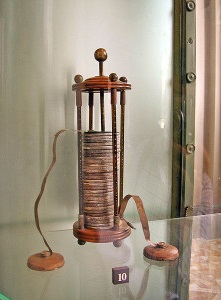
Electricity and Magnetism
Thanks to the ability to create a steady flow of electricity, scientists noticed something. When electricity is allowed to flow through a coiled wire, it can affect any compass that is placed nearby. This lead to the discovery of the direct connection between electricity and magnetism. Apparently, the former can generate the latter.
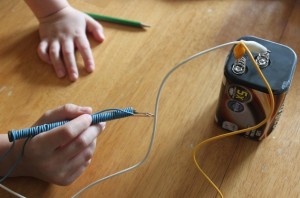
The chemical energy from a battery is converted into electrical energy that is used to generate a magnetic force.
Mechanical force
Michael Faraday is one of the first scientists to combine magnets and coiled wires to create electricity. One of the most important parts of his discovery is that electricity can only be generated when either the magnet or wire is moving past the other.
- Mechanical force: How To Make A Simple Generator
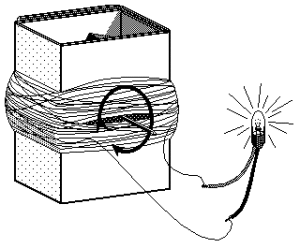
Electrical Motor
The next challenge was to create a machine or device that use electricity to create mechanical force. This is what motors are actually all about. This concept is what allows us to use machines in our industrial society.
- Electric motor: How To Create Your Own Motorized Car
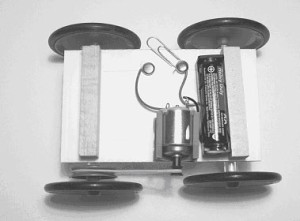
This is the evolution of electricity: from static electricity to electric motors.

